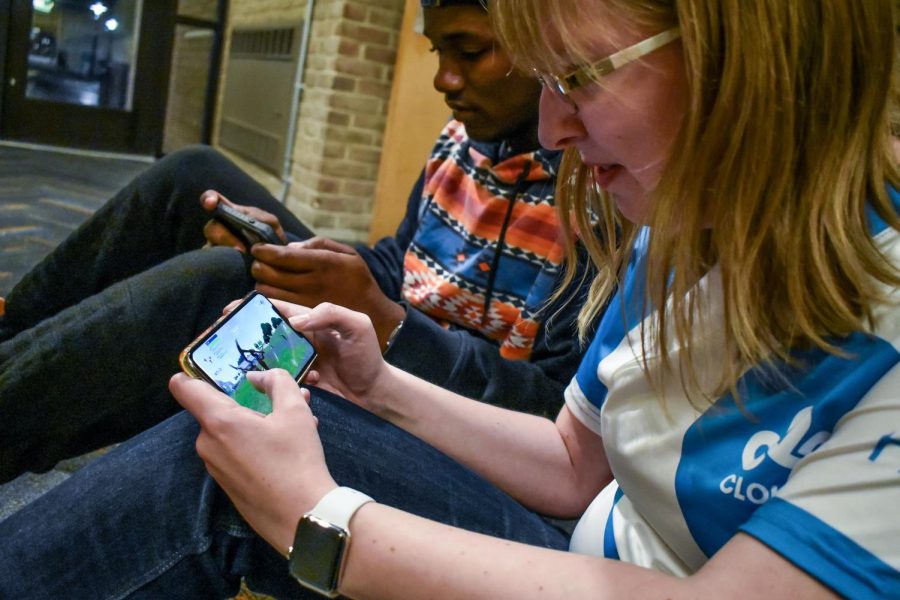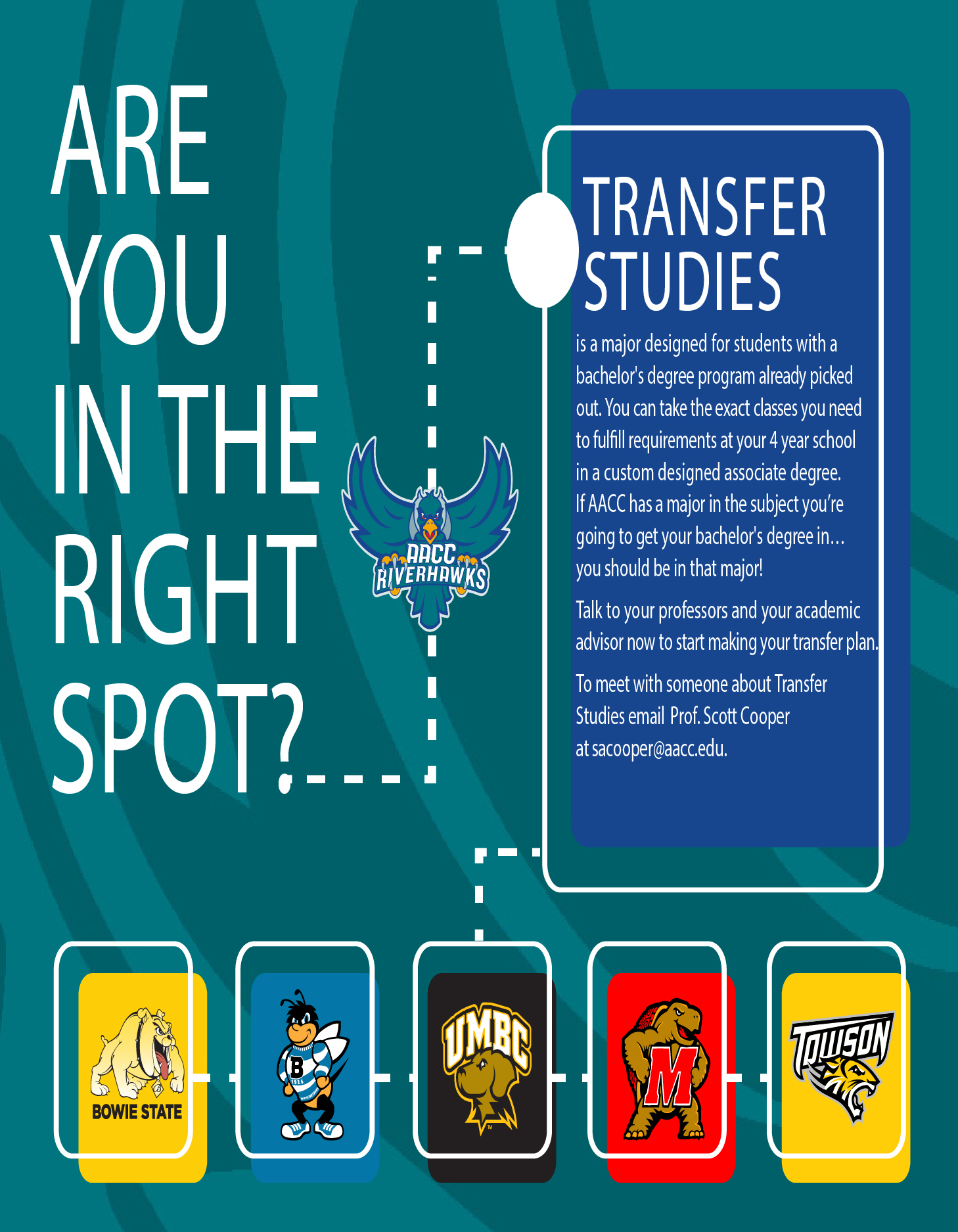‘Fortnite’ shooter game trends on, off campus
Gerald M. Maravanyika, a first-year engineering student, and Roxanne Ready, Campus Current’s editor-in-chief, play “Fortnite Battle Royale” in the Humanities building after class.
May 1, 2018
A video game called “Fortnite” is trending among AACC students this semester.
In “Fortnite Battle Royale”—a free version of Epic Games’ cooperative sandbox shooter—up to 100 players compete on teams to be the last standing in an all-out shooting battle in arenas they have partially built. The game is available for Playstation 4, Windows, Mac, Xbox One and iOS.
In an informal survey of 50 male and 50 female students, more than a quarter said they play. Twenty-two male and six female students said they have played.
“It’s a fun game to play and work together with the bros,” Kevin Escobar, a first-year computer science student, said.
“It can bring people together—or tear friendships apart, if dudes are trash,” Brandon Brashears, a first-year transfer studies student, added.
Despite being free to play, “Fortnite Battle Royale” earned its publisher more than $1 million in the first three days after its September 2017 release through in-game transactions, according to Sensor Tower, a mobile app analysis firm.
The video game streaming website Twitch lists “Fortnite”—not distinguishing between the free-to-play and full versions—as both the most-watched and fastest-growing game, with an average of about 164,000 viewers. The next-most-popular game is “League of Legends,” which averages about 97,000 viewers.
In fact, the game is so popular the publisher recently added an in-game loading-screen message discouraging students from playing during class.
“It’s like ‘Minecraft’ and ‘The Hunger Games’ all in one,” Nyla Duca, a first-year business administration student, said. “At first when you’re not really that good, the game sucks your time into it because you just want to win. After you finally get that first win, you’re just going to want to get more.”
Dr. Matthew Patton, a psychology professor at AACC, said video games can be addicting.
Patton said games give players “little rewards within the game like extra points [or] a new ability” that release dopamine, a chemical that helps control the brain’s pleasure center.
“Psychologists call these ‘reinforcers,’” Patton said. “Modern video games have become so engrossing that some players’ brains actually look a lot like the brains of people addicted to drugs.”
Dallas Coleman, the president of the ESports Club at AACC, said he’s played “Fortnite” but isn’t a fan because he doesn’t enjoy building things in the game.
“I can see the appeal in it, but I don’t really like it,” Coleman said. “But I can see why people like it. … I think it will be popular for another two years, but I can’t see it lasting too much longer.”
Coleman said he would like to see an esports “Fortnite” team play at a high level.
There is as-yet no centralized national or international esports organization in place for “Fortnite,” as there are for “Starcraft” and “League of Legends.”
But Ashland University in Ohio recently became the first U.S. university to offer a talent scholarship to prospective college-level “Fortnite” players: $4,000 to those who qualify by their play.











